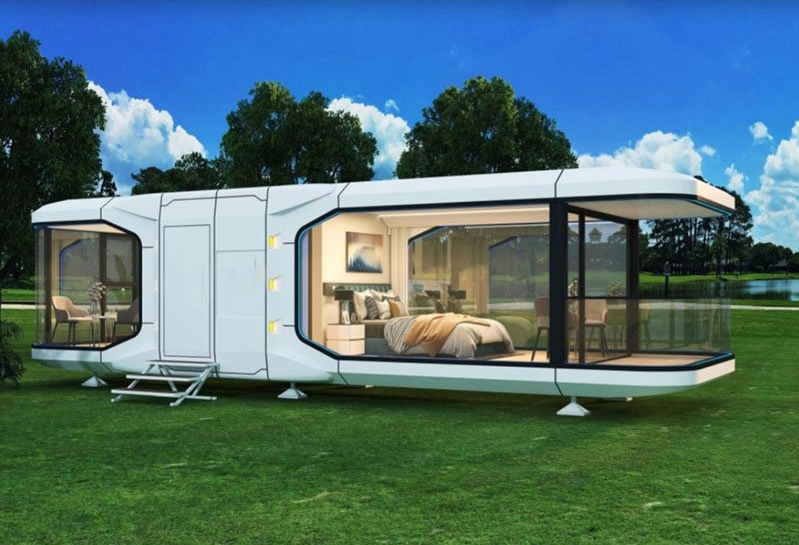Essential workers, including healthcare professionals, teachers, and service industry workers, play a vital role in society, yet many face significant challenges in accessing affordable housing, particularly in high-cost areas. In this article, we explore the importance of pod homes as workforce housing solutions, providing affordable and sustainable housing options for essential workers facing housing insecurity.

Essential workers are the backbone of our communities, yet many struggle to find affordable housing close to their workplaces. In high-cost areas, such as urban centers and resort towns, the housing market often prices essential workers out of the communities they serve, leading to long commutes, housing instability, and financial strain.
pod homes, also known as modular or micro-housing units, offer a promising living spaces solution to the housing challenges faced by essential workers. These compact and efficient dwellings are designed to maximize space while minimizing costs, making them an attractive option for individuals and families seeking affordable housing in expensive markets.
One of the primary advantages of pod homes is their modular design affordability. Compared to traditional single-family homes or apartments, pod homes are typically more cost-effective to build and maintain, making them accessible to essential workers with modest incomes. Additionally, their small footprint allows them to be built on infill lots or underutilized spaces, increasing access to housing in desirable locations.
pod homes offer a high degree of customization and flexibility, allowing developers to design units that meet the unique needs of essential workers. From studio apartments for single professionals to larger units for families, pod homes can be tailored to accommodate various household sizes and preferences, providing a range of housing options within the same development.
In addition to affordability, pod homes are often designed with sustainability and energy efficiency in mind. These units may feature green building materials, energy-efficient appliances, and renewable energy systems, reducing utility costs for residents and lowering their carbon footprint. For essential workers already facing financial pressures, these savings can make a significant difference in their quality of life.
Beyond providing affordable housing, pod home developments can foster a sense of community and support among essential workers. Shared amenities such as community gardens, recreation areas, and coworking spaces encourage social interaction and collaboration, enhancing the well-being of residents and strengthening the fabric of the community.
In conclusion, pod homes have emerged as a promising solution to the housing challenges faced by essential workers in high-cost areas. By offering affordable, sustainable, and community-oriented housing options, pod home developments empower essential workers to live closer to their workplaces, reduce commute times, and improve their overall quality of life. As communities continue to grapple with housing affordability issues, pod homes represent a scalable and innovative approach to meeting the housing needs of those who keep our society running smoothly.